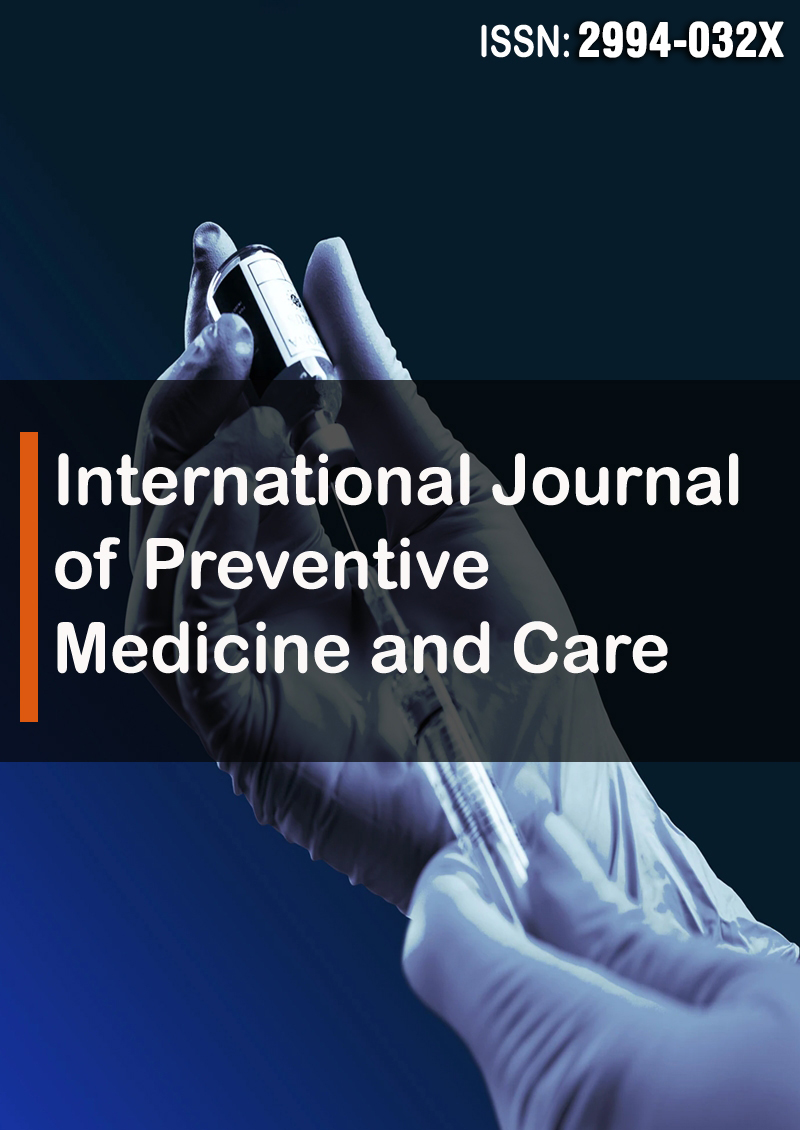Oxygen Saturation Levels among Covid-19 patients Higher in Blacks than Whites on Admission: Real or an artifact of Pulse Oximetry?
Abstract
Samuel B. Governor, Nathan Moore, Patrick White, Stella Pak, Prince Otchere, Victor Davila-Roman and Randi Foraker
Objective: This study aims to examine whether there exist disparities in oxygen saturation levels upon admission between black and white COVID-19 patients during the pandemic.
Methods: A retrospective analysis was conducted on COVID-19-infected patients admitted to the Barnes-Jewish Hospital Health Care Systems in the US, between March 2020 and December 2020. A total of 14,663 patients were identified and after inclusion and exclusion criteria, a finalized sample size of 11,717 patients, self-identified as either black or white, were included in the study. We used linear regression analysis to model the association between oxygen saturation on admission and race, and then used logistic regression for the association between mortality and oxygen saturation on admission, while controlling other factors associated with social and demographic background.
Results: Among the cohort of COVID-19 survivors in this study, black patients exhibited a 0.64% higher oxygen saturation level upon admission compared to white patients. Conversely, in the non-survivor group, black patients demonstrated an approximately 1.6% higher oxygen saturation level than white patients. Additionally, a unit increase in oxygen saturation levels on admission decreased mortality by 6%.
Conclusion: Our findings suggest that African American patients had higher oxygen saturation levels than white patients upon admission, regardless of their COVID-19 survival outcome. The difference in oxygen saturation levels was more pronounced in the non-survival groups compared to the survival groups. Interestingly, despite their higher oxygen saturation levels on admission, African American patients had a higher mortality rate, though higher oxygen saturation levels on admission serves as a protective factor against mortality. These results provide support for the hypothesis that pulse oximetry may overestimate oxygen saturation in black patients relative to white patients. Therefore, it is crucial to recognize this racial difference in oxygen saturation overestimation when utilizing pulse oximetry for clinical decision-making.



